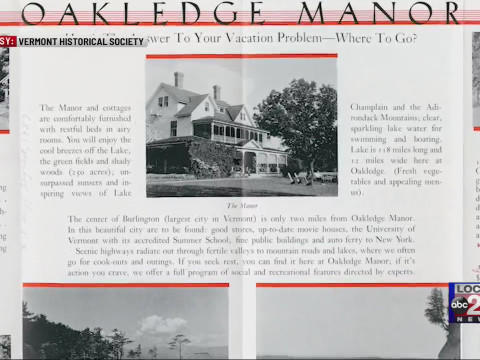oakledge park as we know it today has only looked like that since 1971 when the burlington parks department bought 45 acres for $230,000. the property had contained 225 acres when it was bought by its previous owner in 1929, but over the years it had been sold off in various projects. the earliest information i could find was from when it was settled in 1793 by abram brinsmaid. eventually napoleon b. proctor bought the property for a mere $400 and used the south cove of oakledge park as an active shipyard during this time. he turned a profit in 1874 by selling it for $6500 to dr. william seward webb. here the dr. kept his family’s yachts and built a massive mansion for $30,000 which he named oakledge. he built various other barns, stables, etc on the property but kept oakledge for guests to stay in. the adjacent property was surveyed and broken up into over 200 lots which ended up becoming a gas tank farm that is still in use today. when the oakledge property was passed onto his daughter, she used it as a summer home. the burlington country club tried to buy the property from her, but she declined and instead sold the property the next year to some business men to build summer cottages for themselves in 1926. in 1929, the oakledge house became the oakledge manor and was a summer resort ran by fred c. hill until 1953. he leased it to his son for eight years but his son turned around and sold it in 1961 to some general electric employees who turned it into the cliffside country club. finally, it was bought by the parks department. however, everything remaining was completely demolished and the manor was burned to the ground. the park was built to how it is seen today with tennis courts, picnic areas, playgrounds, etc using a $40,000 grant from the city. they are still doing work on it as last time i was there a small section was under construction. it was very interesting to learn about all this history that has taken place on this land that is not made apparent when you walk around. the only things that remain are some occasional chimneys and some random hooks but it is rare to see much.


